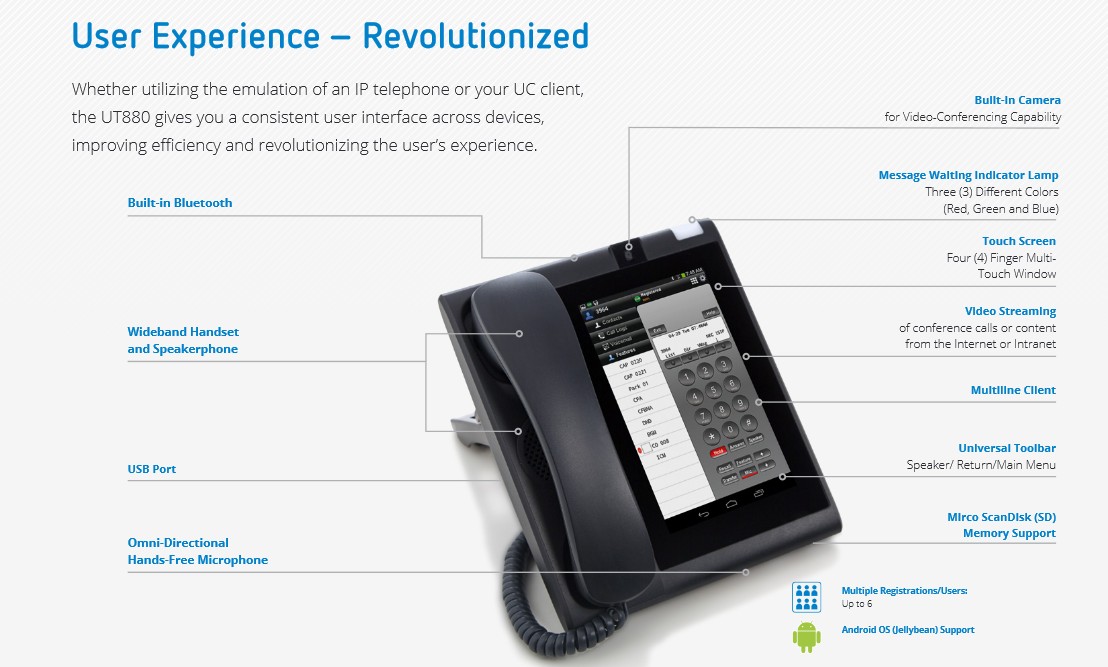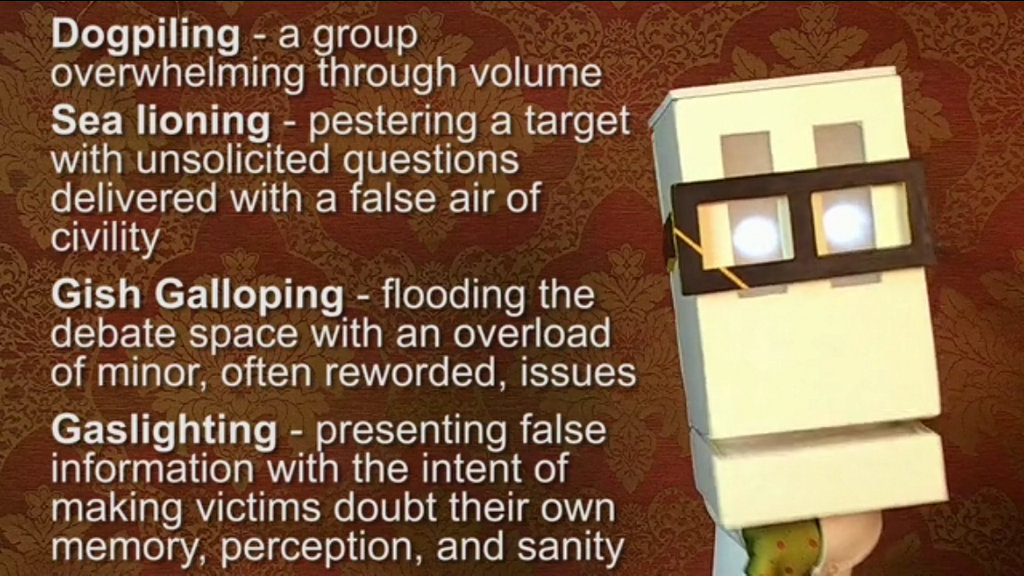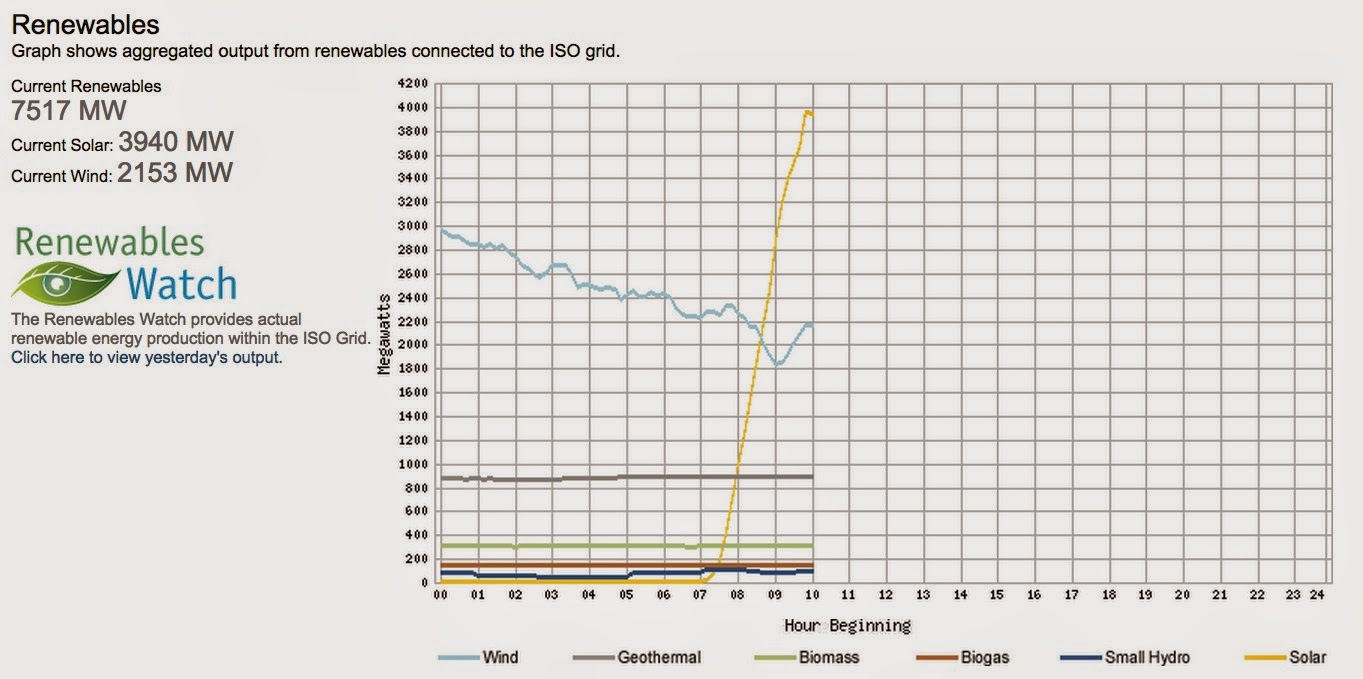
Originally shared by Android Community
NEC UT880 Android IP phone

Originally shared by Android Community
NEC UT880 Android IP phone
Originally shared by Yonatan Zunger
This is an incredibly interesting and potentially important bit of research. A few years ago, the neural connectome of the worm C. elegans was mapped — that is, we have a map of all 302 neurons in this worm, and how they’re connected to one another and to things like muscles and sense organs. Timothy Busbice’s team used this information to make a simple computer simulation of the worm’s neurons. (I’m saying “neurons” instead of “brain” because this worm doesn’t actually have a discrete brain; it’s a simple enough creature that its neurons are just spread throughout its body)
They connected their simulation to a simple robot. The worm’s “nose touch” sense neurons were connected to a sonar sensor on the robot, so the robot coming within 20cm of an object will give the neurons the signals that a worm would get if it touched something. The motor neurons which control the 95 body muscles of the worm were instead hooked up to a computer simulation of the muscles which boils down their actions to simple “squinch left” and “squinch right” motions, which were translated into the motions of two wheels.
When it was wired together and powered up, the robot started to show clear worm-like behaviors, as you can watch in this video (CElegans Neurorobotics): it could sense and avoid simple obstacles and head towards food.
This simulation is currently incredibly crude. The simulation of the neurons themselves, for example, only allows one kind of “connection” between neurons; real neurons can interact in a few ways, chemically, electrically, and so on. One of the team’s next tasks is to make that simulation more realistic. Another issue may be to give it a better robotic analogue, so that they can replace (for example) the crude mapping of motor neurons to wheels with a more intricate mapping to actual muscle behaviors and the way real worms move. And of course, there are other kinds of interaction which this doesn’t yet capture at all — for example, the hormone-mediated interactions which connect the neurons to the worm’s digestive system.
However, even in its very crude initial state, this research tells us some very important things.
First and foremost, the simple simulation of neurons themselves is enough to mimic basic worm behaviors. This is important because, while we’ve always theorized that mind and behavior come from our neurons, and not from any additional source, this is the acid test which we’ve never been able to do before: strip away everything but the neurons, and see if pure neural connections can really explain behavior.
Second, this is a baseline system which can easily be expanded to have all of the additional details which we’ve been lacking, and C. elegans is a simple enough creature that it’s quite feasible to think that we’ll be able to map and simulate all of the requisite parts — not just a crude simulation. We could expect that this system will ultimately grow to be a complete enough simulation that, if it were to fail to mimic any observed behavior of the actual worm, we would have thereby discovered an important part of how biology works which we had not yet mapped. That, in turn, can drive discovery of more mechanisms, and ultimately we expect that we should be able to make a 100% mimic of the worm. If we can’t, then there’s a major discovery right there.
Most importantly, this sort of simulation allows us to understand the actual workings of biology much more deeply. For example, one thing we already know about the connectome is that it is highly recursive: that is, neural connections loop back on each other extensively. This is different from how we normally build neural nets in AI research, and one of its consequences is that once signals start coming in to the worm’s brain, persistent patterns start getting set up in it: things which we can consider to be the precursors of memory and consciousness.
A simulation allows us to make changes and understand their effects. By adding and removing connections, for example, we can start to learn why the brain is wired the way it is, and what the ways are in which it can fail. (Which can have significant medical consequences!) Likewise, as our simulation of C. elegans becomes more and more sophisticated, we can look at every aspect of biology and how it influences the system as a whole.
Over time, of course, we could even expect to simulate far more complex creatures. Mapping the connectome of more complex creatures — insects, small mammals, and even humans — is a work in progress. We are unlikely to be able to map the complete network of all of the biology of a complex creature in the near future, but this work on C. elegans should be able to hint to us which aspects of the biology are most important to map correctly in order to understand the function of mind.
It is not at all out of the question that within the next decade, we will have a meaningful simulation of the mind of a rat or a similarly complex creature. This would be a major work, of course, of a complexity on a par with any of the major scientific efforts of our time, but its impact on our world could be profound — from the perspective of understanding ourselves, from the perspective of medicine, and even from the perspective of artificial intelligence.
(Or, I suppose, from the perspective of being to upload our brains into computers in a meaningful way, which is certainly an interesting approach to the problem of medicine and extending life.)
The projects in this field, including large individual efforts like the Human Connectome Project (humanconnectomeproject.org), which is trying to map the connectome of the human brain at MRI granularity, and data informatics efforts like the Open Connectome Project (openconnectomeproject.org), which aims to pull together and make available a wide variety of connectome data, are among the most interesting directions in science today.
h/t Jeff Dean.

Originally shared by God Emperor Lionel Lauer
Gamergater trolling techniques, If you post about GG, expect to see these used on your posts. On G+, the quick & easy solution is to just Block them, rather than waste your time arguing with them.
https://twitter.com/femfreq/status/525350371125100545
#gamergate #pissbabies #stopgamergate2014 #gamerghazi #notyourshield
Sigh…
Originally shared by Martin Gustafsson
Still waiting for the details to be released on what #rootpipe exploits but it is a privilege escalation bypass of some sort.
If this privilege escalation bypass is combined with a zero day remote execute exploit of Safari (or other major browser on the platform) in combination with a hacked major website we could see something VERY bad happening.
All MacOS X users (10.8 and up), create a separate administrative account and remove your daily usage account(s) from the admin group!
For some reason this only seems to be headlining the news on tech sites here in Sweden so this needs to be spread around! FYI for anyone claiming the realiability of the source, TrueSec is a highly respected and comptent swedish company.
If this involves sudo, other n*x-flavours could be affected as wellö
Originally shared by Make:
Build a complete DIY book scanning system with 2 cameras and a raspberry pi. http://ow.ly/DAt7c

Originally shared by Perimeter Institute for Theoretical Physics
Don’t miss this opportunity to explore #quantum mechanics and #spacetime with this free, live #webcast on Nov. 6 — sign up for your email reminder to tune in: http://ow.ly/Dohvw. More info: http://ow.ly/Dok1m
Originally shared by Robert Culbertson

Originally shared by John Poteet
Positives: This happens nearly every morning in California. The sun rises and 4 gigawatts of industrial solar power comes online. There’s another 2.7 gigawatts of residential rooftop solar that doesn’t show on this graph. So what we have here are six nuclear power plants worth of power that are producing minimal carbon emissions and no radioactive waste.
Of course, this is a fraction of the solar power Germany produces on a clear day so California can do better. It’s still a very good thing.
image: screencapped from….
http://www.caiso.com/Pages/TodaysOutlook.aspx#Renewables
#solarenergy #california #climatechange